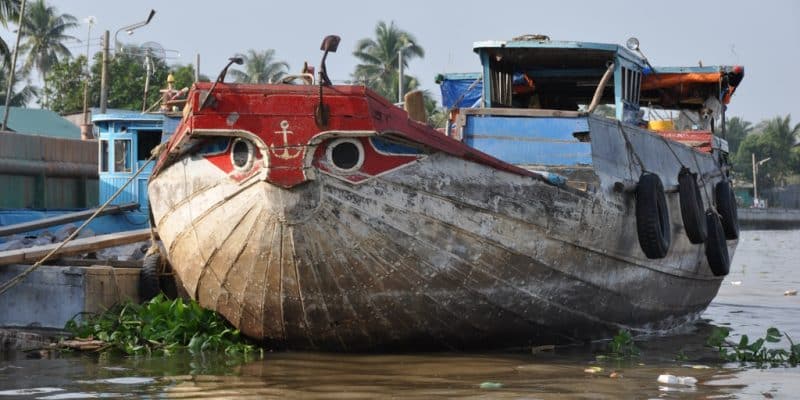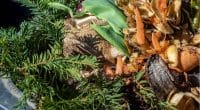Nigeria has just adopted the International Maritime Organisation (IMO) Guidelines on the Control and Management of Marine Biofouling, with a view to reducing the transfer of invasive aquatic species. In the West African country, these species are endangering marine biodiversity and ecosystems, as well as human lives.
In Nigeria, maritime activities have a negative impact on marine life. One such impact is biofouling, which consists of the accumulation of aquatic organisms on the surfaces or hulls of ships docking at ports. It is in this context that Nigeria recently adopted the International Maritime Organisation (IMO) Guidelines for Minimising the Transfer of Aquatic Invasive Species through Biofouling.
These Guidelines, the text of which was adopted by the Marine Environment Protection Committee (MEPC) in 2011, are accompanied by recommendations for minimising the transfer of aquatic invasive species through biofouling in pleasure craft, approved by the MEPC in 2012.
Read Also –
Aquatic species that cling to the hulls of ships can survive the voyage and then reproduce in another environment. They then become invasive, growing faster than native species and to harmful proportions. In Nigeria, this is the case with Tithonia diversifolia (Mexican sunflower), Chromolina odorata (or Laos grass, native to South America), Leucaena leucocephala (a forage plant native to Mexico and Central America) and Gliricidia sepium, according to the international organisation Society for Conservation Biology (SCB).
While it is true that the safe and efficient operation of modern shipping is inconceivable without ballast water, the countless invasive aquatic species present in ballast water can pose a serious environmental, economic and health threat.
IMO recommendations to reduce the transfer of invasive species
From an environmental point of view, the rapid growth of aquatic invasive species would influence the evolution of fauna and flora. Proper management of biofouling could help protect marine biodiversity by preventing the transfer of aquatic invasive species.
This will require governments, economic sectors, non-governmental organisations (NGOs) and international conventions to work together to prevent, reduce and control marine pollution resulting from human activities. To support governments, the IMO organises technical cooperation activities as part of its Integrated Technical Cooperation Programme (ITCP). The aim is to raise awareness of biofouling and its consequences, facilitate understanding of the 2011 Guidelines and their application at international level.
IMO Member States also benefit from the GloFouling Partnerships project launched in 2017 to build capacity in developing countries to implement its guidelines to minimise the transfer of aquatic invasive species through biofouling. The use of biofouling control and management practices could greatly contribute to reducing the risks of invasive species transfer.
The hydrodynamic behaviour of ships could also be improved, as fouling on hulls adds considerably to a ship’s resistance, with serious consequences both for fuel costs and for emissions of atmospheric pollutants and greenhouse gases (GHGs).
Inès Magoum






